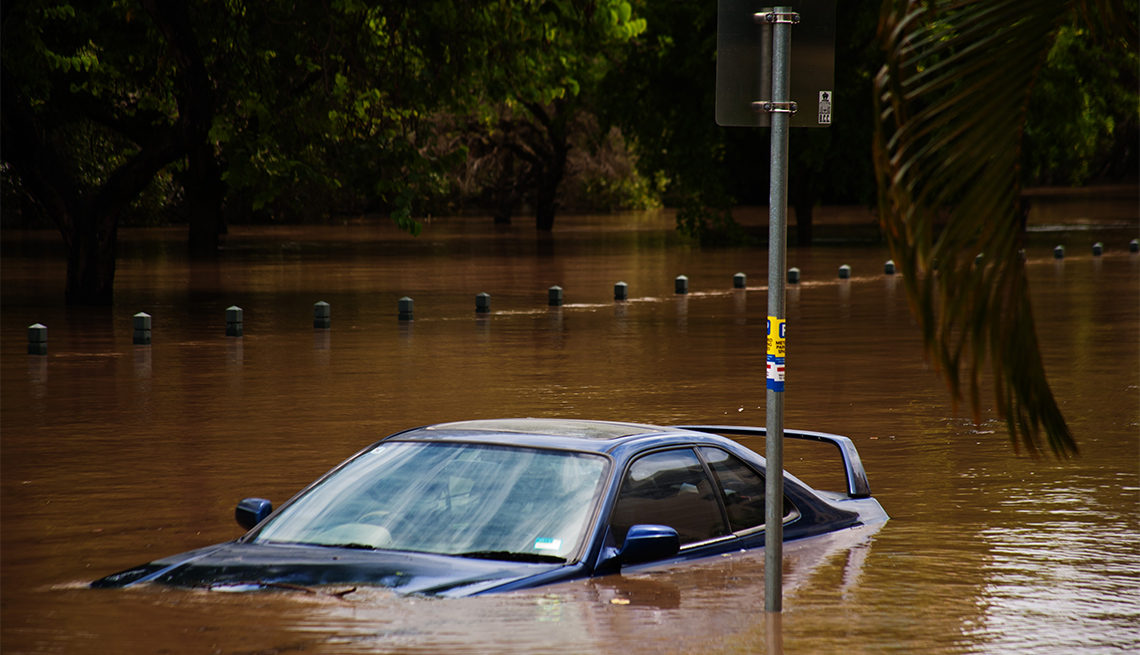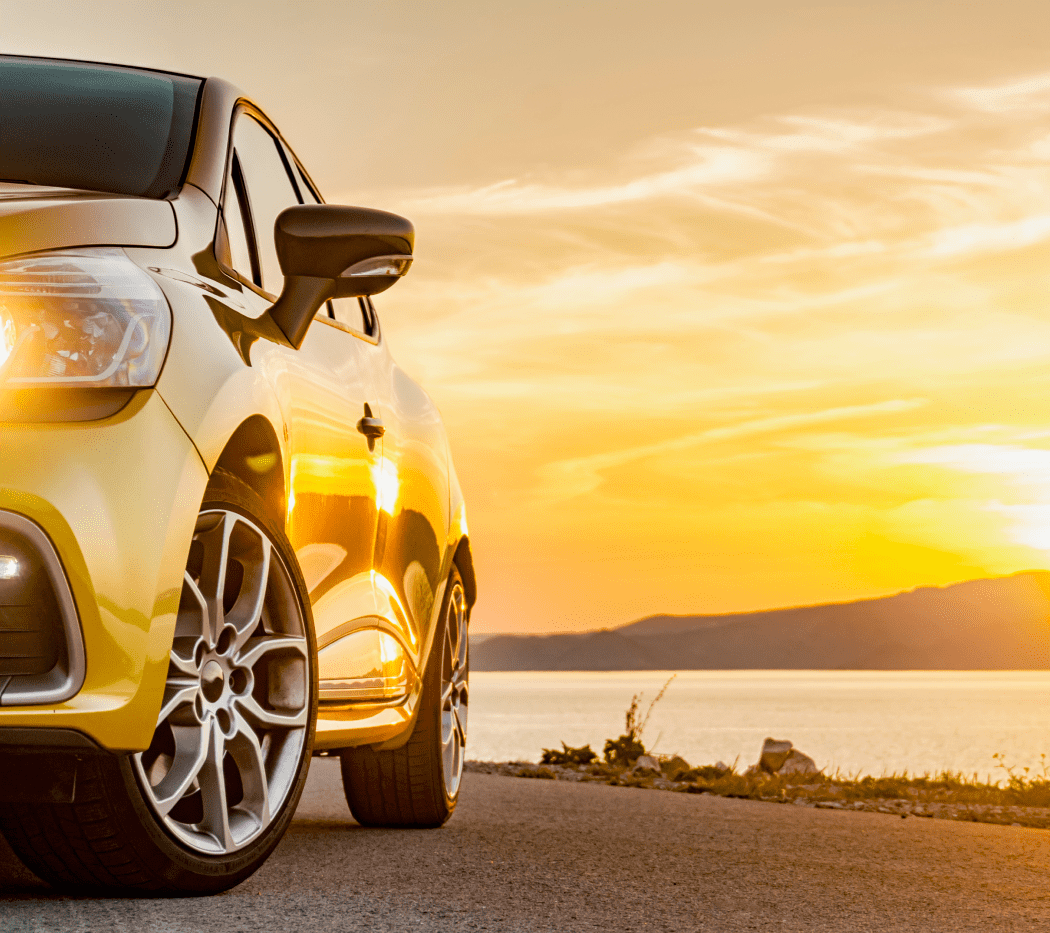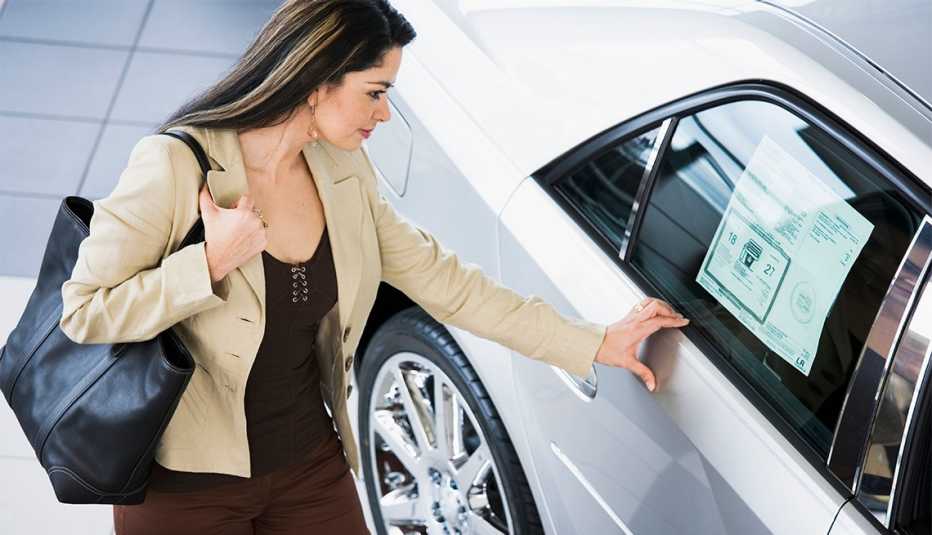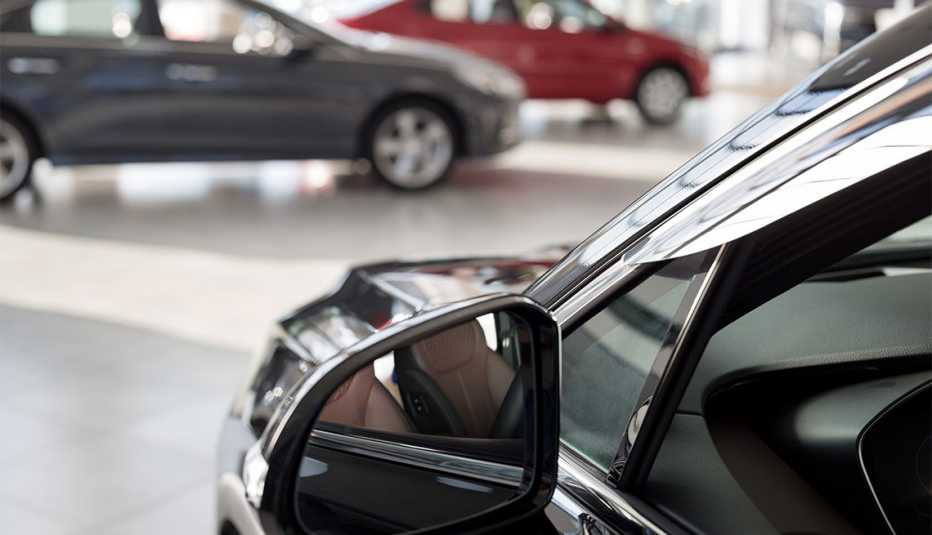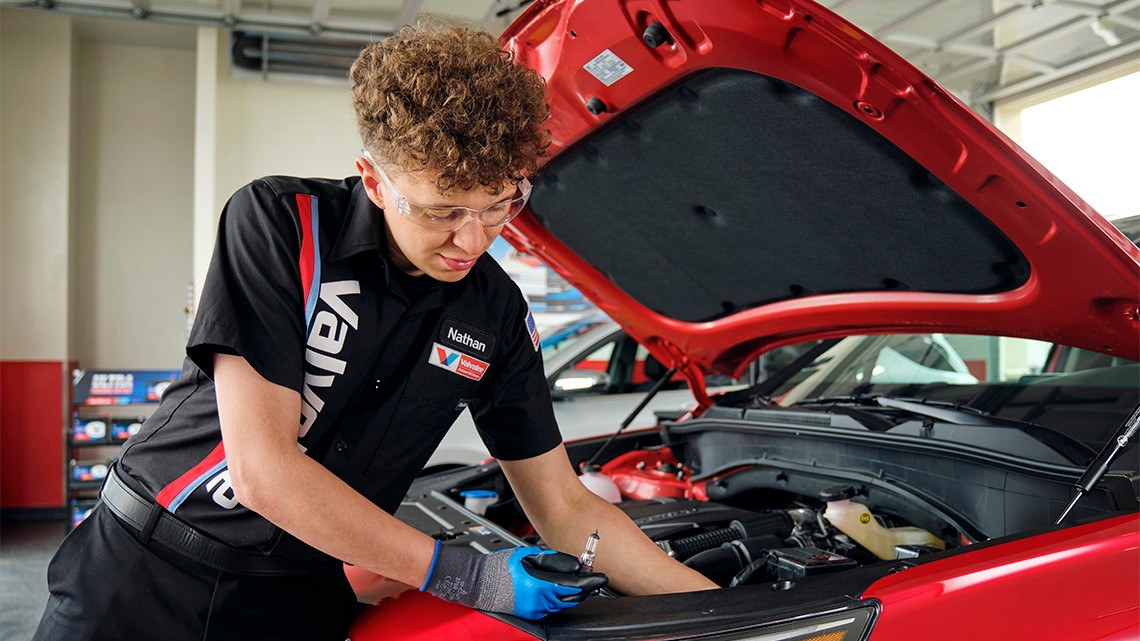Staying Fit
Major weather events like Hurricane Ian leave a second storm in their wake: They create a deluge of flood cars. These are vehicles that have been submerged and waterlogged, and while they should be taken off the road, they sometimes wind up back on the market.
These damaged vehicles don’t just disappear when they get hauled away after a storm. In fact, it doesn’t take long for some of them to reappear at dealerships and in private sales across the country.
The problem may be heightened now, because the used car market has its own storm brewing. The current high demand for pre-owned vehicles means that flood cars are more likely to end up back in the mainstream marketplace nationwide. Shoppers are paying higher prices, so what seems to be a bargain can be particularly attractive. However, problems remain long after the water is all gone, and auto buyers should be aware and take steps to avoid purchasing these cars.


AARP Membership— $12 for your first year when you sign up for Automatic Renewal
Get instant access to members-only products and hundreds of discounts, a free second membership, and a subscription to AARP the Magazine.
“Cars today, with all the sensors and electronics that help ‘make them go,’ are susceptible to flooding,” says Tully Lehman, former public affairs manager for the National Insurance Crime Bureau (NICB). “Though manufacturers do a great job at waterproofing connectors and such, oftentimes these systems will not hold up to the rigors of being submerged in water for a lengthy period of time."
Flood damage can be difficult to spot. Water can seep into unseen areas of a vehicle, and identifying a repaired flood car is not necessarily easy. After all, a thorough cleaning is just a good policy when selling any vehicle.
Generally, a flood car should not be on your shopping list. Even if a seller is up-front about the damage, shows plenty of proof of repairs and offers a deep discount, such a car is likely to mean future problems — both mechanical and otherwise.
“Persons with asthma and mold allergy might find that the asthma worsens when exposed to mold in a flood-damaged car,” says James Li, M.D., an allergist for the Mayo Clinic. “This can be more of a problem because mold concentrations may rise in a closed and confined space.”
Flood cars’ route back to the road
It is not illegal to sell a flooded vehicle. It is illegal if a dealership does not disclose it, and it’s just plain dishonest if a seller knows about it but doesn’t volunteer the information.



























































